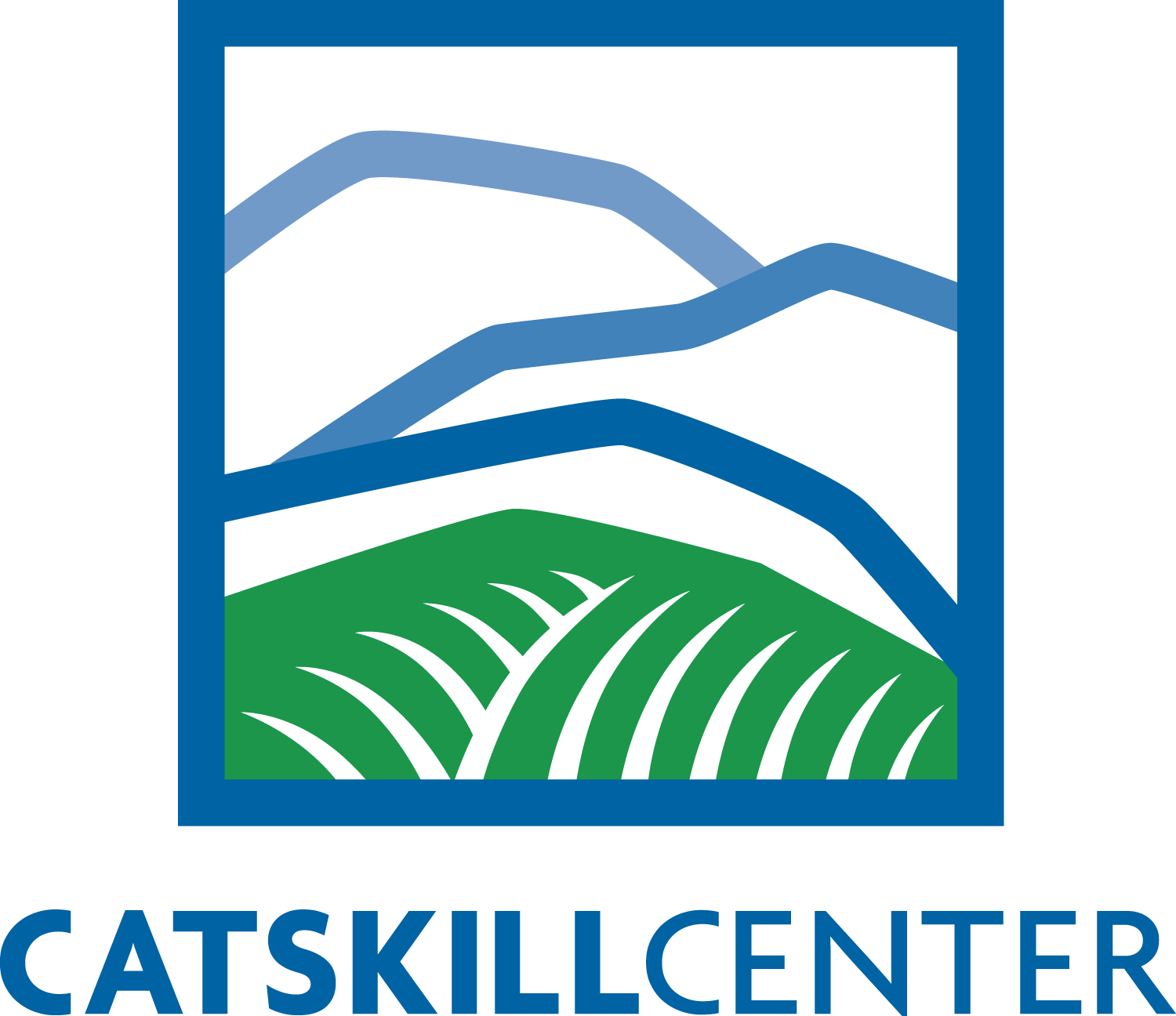Our Invasive Species Team Considers Tornado Impacts in Sullivan County
A tornado hit portions of Sullivan County in late April, touching down in Roscoe, leaving damage in its wake. Known as “Trout Town,” Roscoe is one of the places where the Catskill Center’s invasive species team, or CRISP (Catskill Regional Invasive Species Partnership), performs its work. Callicoon, another area where CRISP surveys invasive species, was also impacted by the tornado. Dan Snider-Nerp is the CRISP Terrestrial Invasive Species Manager and addresses impacts to CRISP’s work in Sullivan County post-tornado.
Major storm events like hurricanes and tornadoes, and even relatively minor events like wind or rain storms, often have largely overlooked or unseen impacts on ecosystems. They can bring down large, old, and diseased trees, opening light availability to the forest floor and increasing woody debris; they can set back expected timelines for restoration and rehabilitation work; and they can spread invasive species. The April tornado damage in Callicoon and Roscoe certainly has impacted our ongoing invasive species work in those areas.
The CRISP team has been working on specific invasive species mitigation in both hamlets. In Roscoe, for six years we have been addressing a giant hogweed infestation along a stream heavily impacted by Japanese knotweed. Luckily, given the timing of the storm and the emergence and seed timing of giant hogweed, we don't expect that the work on reducing giant hogweed populations in the area will be impacted. Unfortunately, Japanese knotweed spreads readily through fragmentation, and breaks easily in storms, and so we anticipate the Japanese knotweed (and other species which spread vegetatively) to be spreading further downstream with every impactful storm.
Likewise, in Callicoon there is a heavily entrenched and long established Japanese knotweed infestation along the Delaware River. The work we are doing will partially involve Japanese knotweed suppression on site. Because of the site's location near the Delaware River, the work has been planned with ongoing reintroduction pressure from upstream Japanese knotweed infestations and storm events in mind.
Even with planning, extreme events like tornadoes have potential to impact work timelines. Therefore, site visits and yearly reassessments are crucial.
